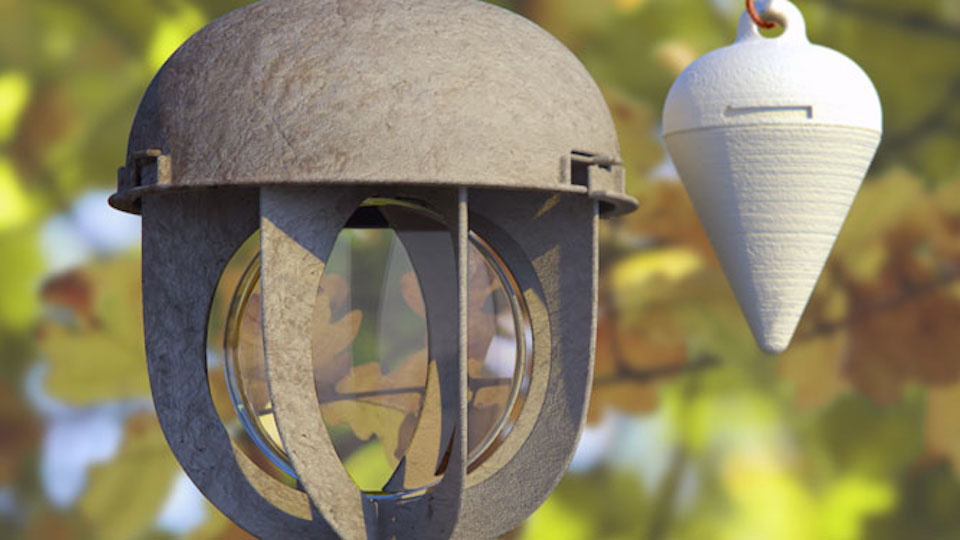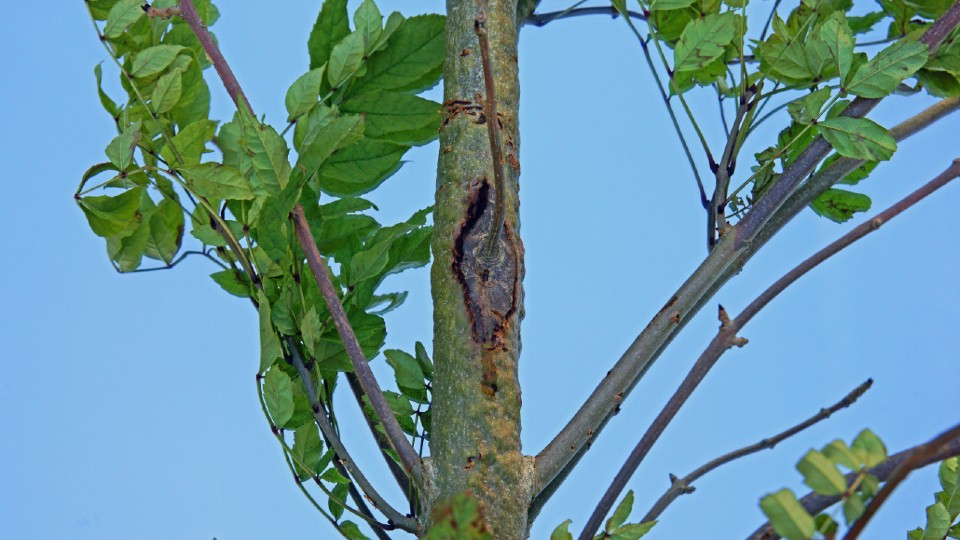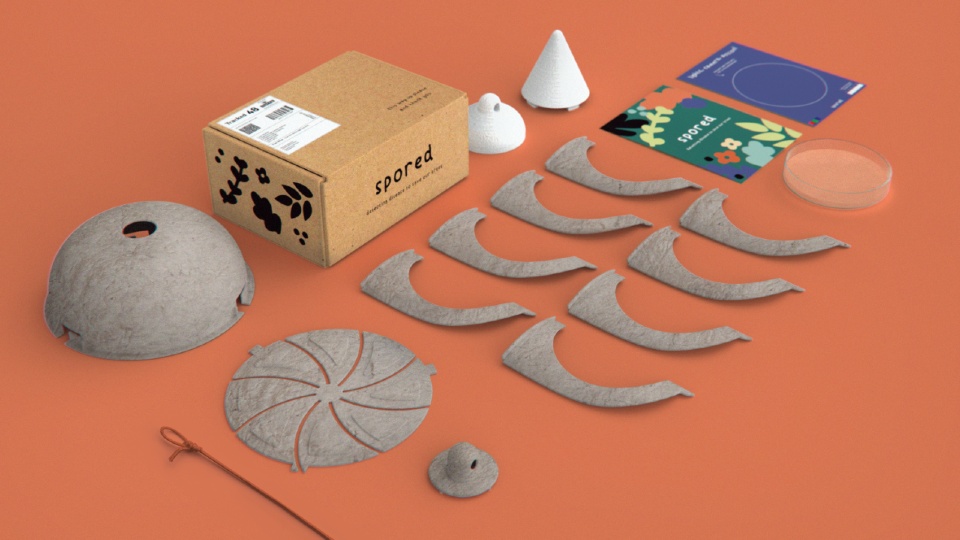After learning about the numerous health issues faced by UK trees and how their decline can have a detrimental impact on biodiversity, Lucy decided to explore the role design could play in alleviating the problem.
In the below Q&A session, Lucy discusses the product she has created, ‘Spored’ – which features in this year’s Loughborough University Design Degree Show – and how she hopes it will birth a new era of citizen scientists.
What is Spored, Lucy?
Spored is a spore trap that uses settle plate sampling to culture fungi in order to identify fungal diseases that pose risks to trees. Put simply, it collects mould spores on a petri dish outside.
The project is all about engaging the general public in tree health, which is really important to protecting biodiversity.
The shape of the design was inspired by acorns, to celebrate the importance and value of our native trees.
Why is it needed?
The Woodland Trust identifies six fungal diseases that have reached epidemic level in Britain.
Woodlands are really valuable as they promote biodiversity, provide timber and habitats, capture carbon and benefit social wellbeing – so it's vital we do as much as we can to protect woodland.
Spored aims to identify the presence and spread of diseases quickly so we can do more to manage them and hopefully eradicate them.
Ash dieback [a fungal disease that blocks water systems in ash trees causing the tree to die] first appeared in the UK in 2002 but a plant health order wasn't released until 2012.


